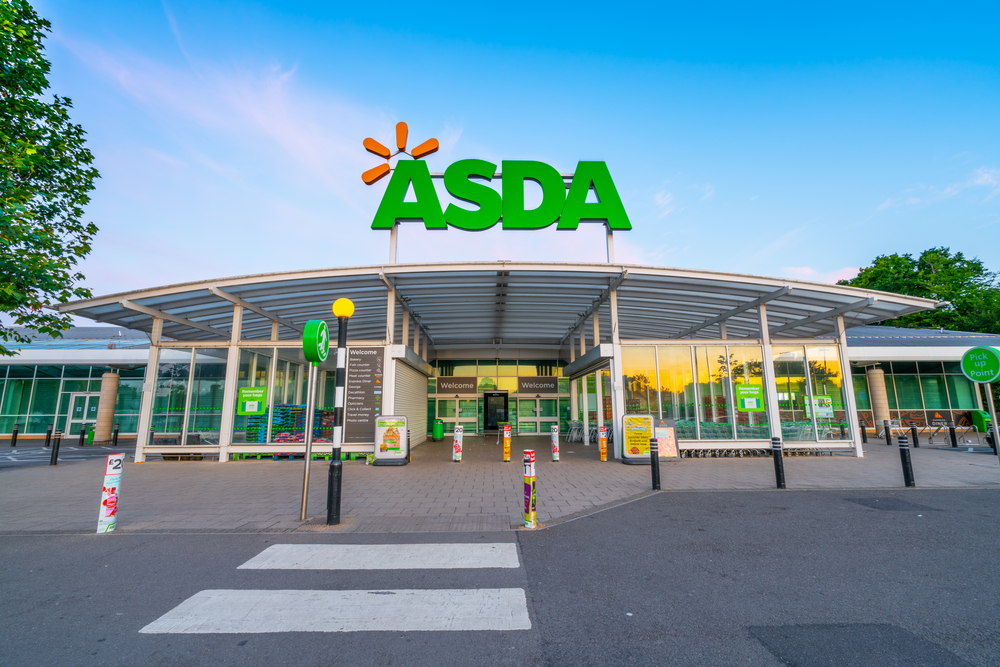Supermarket Sainsbury‘s has seen full-year like-for-like (LFL) sales rise 1.8 per cent thanks to a strong fourth quarter as customer numbers reached record levels, figures released today reveal.
In the 10 weeks to March 16th 2013, total sales increased 6.3 per cent excluding fuel while LFLs grew 3.6 per cent over the quarter, driven by sales of own-brand products as the grocer‘s Brand Match promise continued to prove popular.
Re-launching it‘s ‘by Sainsbury‘s‘ range in the coming weeks, the retailer is keen to “focus on quality” noting that it has invested in its supply chain over many years as it seeks to distance itself from the horsemeat scandal in which it has not been implicated.
“Our values are a long-term, strategic point of difference,” explained Sainsbury‘s CEO Justin King.
“The issues experienced by the industry over the last quarter underscore the importance of our detailed understanding of our supply chain.”
Weekly customer transactions soared by over 800,000 year-on-year to 22.9 million per week as the supermarket continued to invest in expanding its portfolio.
In the quarter, three supermarkets and 19 convenience stores were opened while the full year saw 14 supermarkets, eight extensions and 87 convenience stores completed, bringing total gross new space to over one million square feet as the business grew at over 18 per cent year-on-year.
A new depot in Thameside has also been opened in order to service the chain‘s convenience business in London and the South East as Sainsbury‘s looks to lead the burgeoning convenience sector to compete with rivals such as Morrisons.
“Sainsburys‘ continued outperformance is indicative of its strengthening appeal in a market characterised by polarised demand,” explained analyst firm Conlumino‘s Lead Consultant Joseph Robinson.
“The jewel in the crown of its strategy during the downturn has been own-brand development.
“The Basics and Taste the Difference sub-brands have boosted its position at the value and premium ends of the market respectively and the more recent re-launch of its mid-tier by Sainsbury‘s range is appealing strongly to shoppers looking for quality alternatives to everyday brands.
“Importantly, own-brand development has served both to strengthen value perceptions, while at the same time reinforcing the grocer‘s reputation for quality, innovative products.”
Online grocery sales jumped by almost 20 per cent year-on-year while Sainsbury‘s non-food offer also fared well as general merchandise and clothing are now growing at nearly three times the rate of food with clothing sales up almost 20 per cent year-on-year.
Sainsbury‘s also enjoyed its “best ever” January sale as sales grew 19 per cent year-on-year and Robinson expects this positive trend to continue despite difficulties in the market.
He commented: “Sainsbury‘s is well placed to navigate a food & grocery market amid dwindling customer loyalty and where space growth is becoming markedly less effective in driving profitability.
“Fundamentally, the grocer continues to display adeptness in taking advantage of evolving shopping habits; keenly leveraging private label and making sound promotional investment.
“Nonetheless, Tesco‘s recent launch of its ‘Price Promise‘ – its response to Sainsbury‘s brand match – should be viewed as a statement of intent and with the market leader seeking to regain the initiative it will inevitably constitute a growing threat.”

















